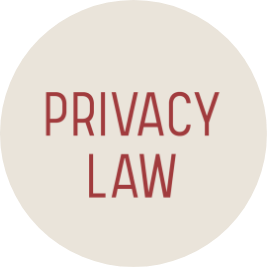

Student’s Corner
This is a special section of our website dedicated to showcasing the analytical skills and insightful perspectives of law students with a keen interest in privacy law. Here, you’ll find a diverse collection of articles, essays, case analyses, and commentary written by students from various law schools. Our goal is to provide a platform for aspiring legal professionals to share their thoughts on privacy law, enhance their writing skills, and engage with a broader audience.
Why Contribute?
- Share Your Insights: Whether you’re passionate about data protection, cyber security, or privacy regulations, the Student’s Corner is your space to express your views.
- Build Your Legal Portfolio: Published work on our site can enhance your legal writing portfolio, providing valuable exposure and experience in the field of privacy law.
- Engage with the Legal Community: Join a community of like-minded peers and receive feedback from readers and fellow legal enthusiasts.
The call for volunteers is currently open to student submissions.
For more information about and to volunteer email the Privacy Law Section Publications at privacypublications.cla@gmail.com
